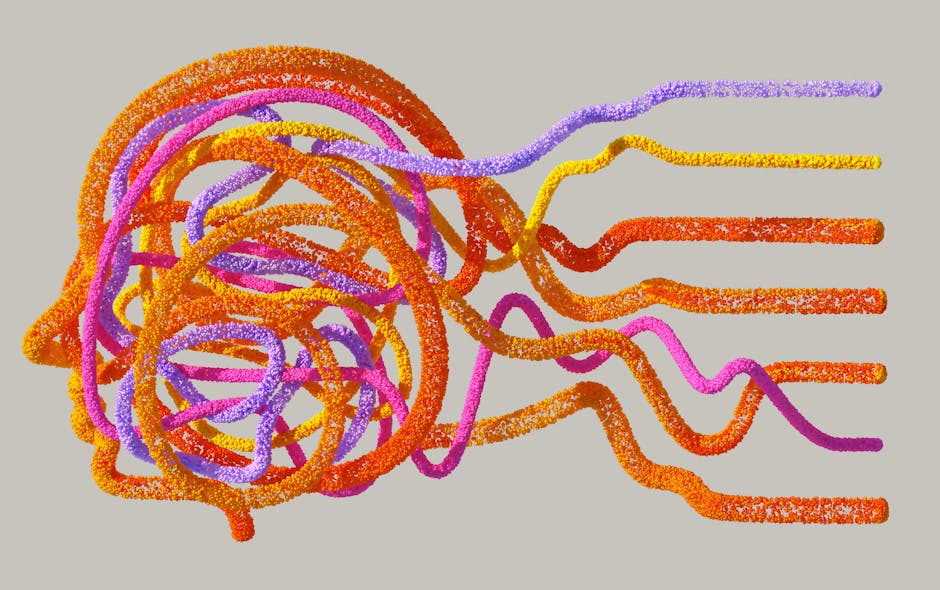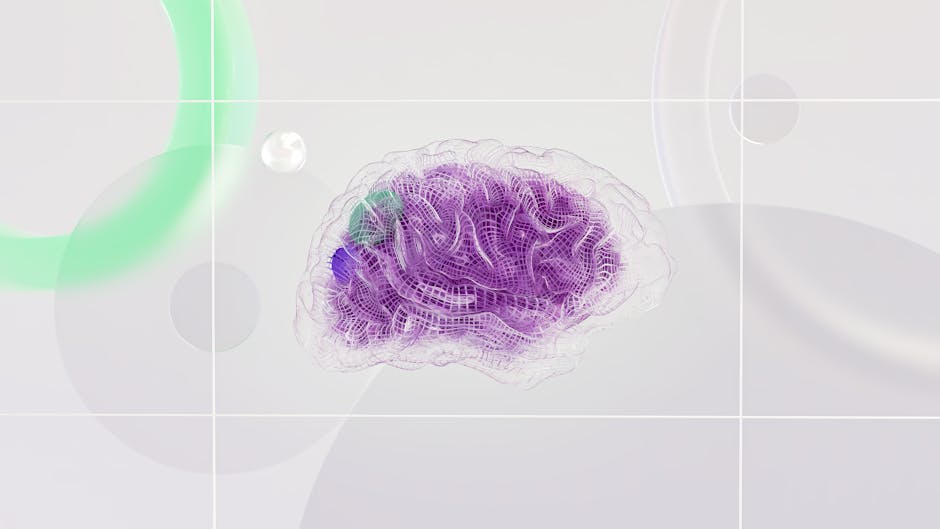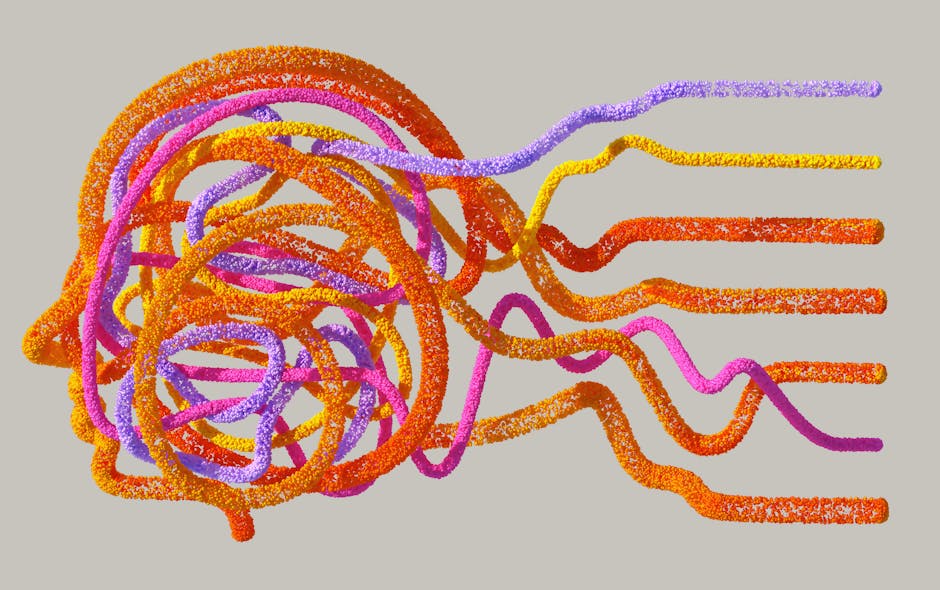The Enigmatic Koala Brain: A Closer Look
The koala, Phascolarctos cinereus, is an iconic Australian marsupial known for its cuddly appearance and eucalyptus-leaf diet. However, beneath that adorable exterior lies a brain that presents a fascinating case study in mammalian neurology. While not renowned for its intellect in the same way as primates, the koala brain has evolved remarkable adaptations to thrive in its specific niche. This article delves into the unique features of the koala brain, exploring its structure, function, and the implications for conservation efforts.
Brain Size and Structure: A Comparative Analysis
Compared to other mammals of similar size, koalas possess a relatively small brain. This doesn’t automatically equate to lower intelligence, but it does suggest that their cognitive abilities might prioritize specific functions essential for survival in their environment. The koala brain, like other marsupial brains, displays a distinct structure, with a proportionally larger cerebellum and olfactory bulbs than in placental mammals. This highlights the importance of motor coordination and sense of smell in koala behavior. Their cerebellum, responsible for motor control and coordination, is crucial for their arboreal lifestyle, requiring precise movements while climbing and navigating branches.
The olfactory bulbs, involved in processing smells, are significantly large, reflecting the critical role of olfaction in finding suitable eucalyptus leaves, identifying mates, and navigating their habitat. Koalas rely heavily on scent to locate food sources, which can be sparsely distributed across their range. The size of the olfactory bulbs suggests a highly developed sense of smell, which is a key survival adaptation.
Cognitive Abilities: Beyond Simple Instincts
While not exhibiting complex tool use or problem-solving seen in primates, koalas display a range of cognitive abilities beyond basic survival instincts. Studies have shown evidence of spatial memory, enabling them to remember the location of preferred food sources and navigate their home ranges effectively. They also exhibit social learning, observing and mimicking the behavior of other koalas, especially concerning food preferences. This learned behavior is crucial for survival, as koalas must carefully select eucalyptus leaves to avoid toxic compounds.
Research is ongoing to fully understand the extent of koala cognitive abilities. Their relative inactivity and specialized diet pose challenges to studying their cognitive functions in a controlled setting. However, advancements in neuroimaging techniques and observational studies in their natural habitat are gradually uncovering more details about their brainpower.

Dietary Adaptations and Neurological Implications
The koala’s specialized diet, consisting primarily of eucalyptus leaves, has profound implications for their brain development and function. Eucalyptus leaves are low in nutrients and high in toxins. This presents a significant challenge, demanding efficient detoxification mechanisms and specialized digestive systems. The koala’s unique digestive system is slow and inefficient, with a large cecum playing a crucial role in breaking down the tough, fibrous leaves. This slow processing of food contributes to their low-energy lifestyle and likely influences brain metabolism.
The consumption of toxins also poses neurological risks. The koala brain is likely adapted to deal with the toxins present in eucalyptus leaves, with potential detoxification mechanisms at play. Further research is needed to understand the interplay between their diet, neurological function, and overall health.
Conservation Implications: Understanding the Koala Brain
Understanding the koala brain’s structure and function is crucial for effective conservation efforts. Habitat loss and fragmentation are major threats to koala populations. A fragmented habitat can lead to reduced genetic diversity and increased exposure to environmental stressors, potentially impacting brain development and cognitive functions in subsequent generations. Understanding the ecological factors that influence koala brain development can provide crucial insights for habitat management and conservation strategies.

Furthermore, research into koala cognitive abilities can inform strategies for minimizing human-wildlife conflict. By better understanding their spatial memory and behavioral patterns, we can implement more effective strategies for protecting koala populations from human encroachment and mitigating road accidents.

Future Research Directions
Further research is vital to comprehensively understand the koala brain. Advanced neuroimaging techniques, combined with behavioral observations, can provide a more detailed understanding of their cognitive abilities, sensory perception, and responses to environmental changes. Studies focusing on the impact of environmental toxins on brain development and function are also critical to informing conservation initiatives. Genetic analysis can shed light on the evolutionary history of the koala brain and its adaptations to its unique ecological niche.
Exploring the neurochemical basis of their responses to stress and disease could also provide valuable insights into their overall health and resilience. A deeper understanding of these aspects is essential for improving conservation strategies and ensuring the survival of this iconic species. The koala brain, while seemingly simple at first glance, holds a wealth of information about adaptation, survival, and the intricacies of mammalian evolution.
Conclusion
The koala brain, despite its relatively small size, is a remarkable adaptation to a challenging environment. Its specialized structure, with enlarged olfactory bulbs and cerebellum, reflects the importance of smell and motor coordination for koala survival. While their cognitive abilities might not match those of more intelligent mammals, they possess a range of sophisticated cognitive skills essential for navigating their habitat and obtaining sustenance. Understanding the intricacies of the koala brain is crucial not only for scientific advancement but also for the long-term conservation of this vulnerable species.

